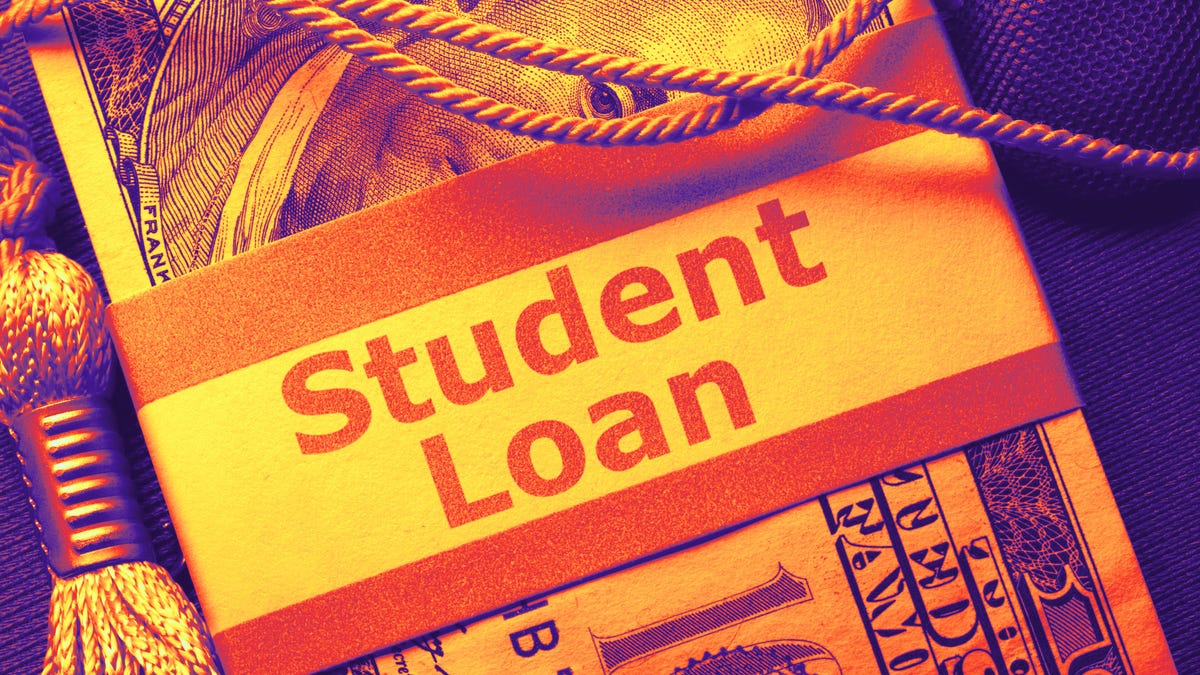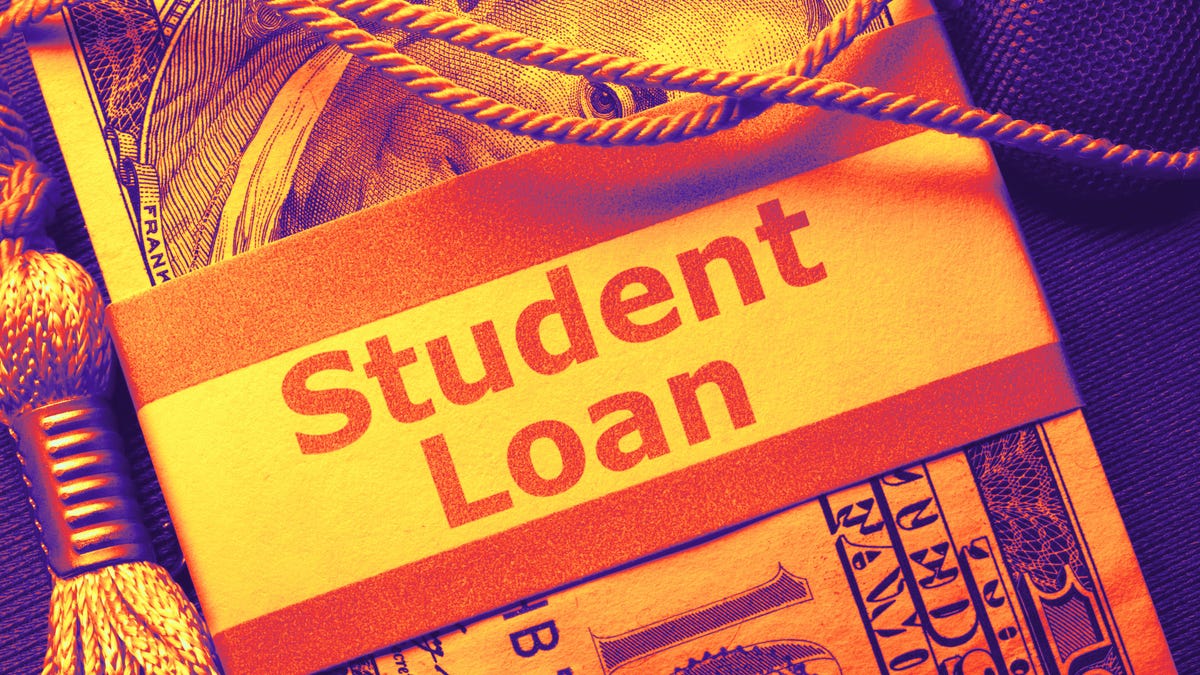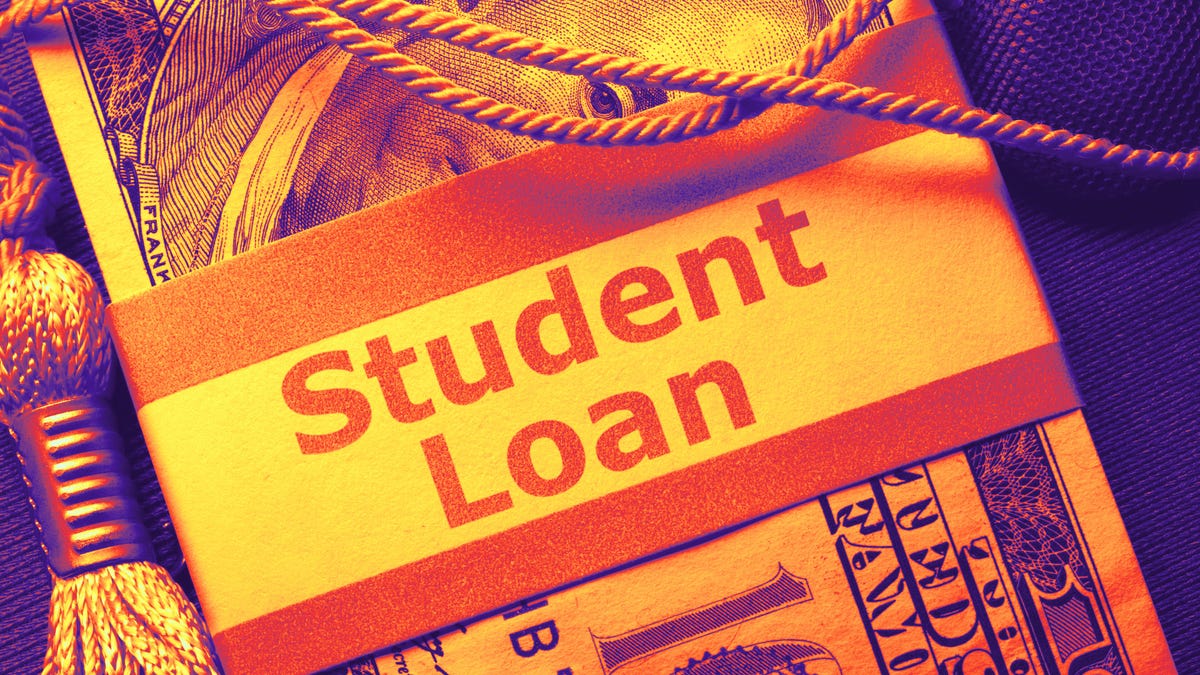## Level Up Your Finances: Don’t Let Student Loan Debt Turn into a Game Over
Imagine this: you’re finally crushing it in your dream career, racking up experience points and maybe even collecting a few shiny loot drops. Suddenly, BAM! Your hard-earned gold goes straight to repaying those pesky student loans. It’s not the epic boss battle you signed up for, but unfortunately, it’s a reality for many gamers struggling with student debt.

CNET is warning student loan borrowers that summer is the deadline to act and prevent your wages from being garnished. We’re breaking down everything you need to know about this looming threat, how to fight back, and what actions you can take to stay ahead of the game.

Checking Your Loan Status: Resources and Steps

The first step to taking control of your student loans is knowing where you stand. You can check the status of your federal student loans in a few easy ways:
- StudentAid.gov: This is the official website for federal student aid. Here you can create an account and access your loan information, repayment plans, and more.
- Contact Your Loan Servicer: Your loan servicer is the company that handles your loan payments. You can find their contact information on your loan statements or on the StudentAid.gov website.
Checking your loan status will tell you if you are in default, delinquent, or current on your payments. It’s crucial to act quickly if you are behind on payments to avoid wage garnishment.
Taking Charge: Your Options to Prevent Wage Garnishment
If you’re facing wage garnishment due to defaulted student loans, there are several steps you can take to protect your income and get back on track:
Direct Loan Consolidation
Consolidating your defaulted loans into a direct consolidation loan is a quick way to exit default status. This involves combining multiple federal student loans into a single new loan with a new repayment plan.
“If you defaulted on a direct consolidated loan, you may need at least one other eligible loan to consolidate,” says student loan expert Elaine Rubin. “If you do not have any additional loans, consolidation may not be an option for you.”
While consolidation stops collection activity, it’s important to understand the implications:
- Consolidation does not remove the default from your credit history.
- Interest and collection costs may be added to your outstanding loan balance.
- Standard Repayment Plan: Fixed monthly payments over 10 years.
- Graduated Repayment Plan: Payments start lower and gradually increase over time.
- Extended Repayment Plan: Lower monthly payments over a longer period (up to 25 years).
- Income-Driven Repayment (IDR) Plans: Payments are based on your income and family size.
After consolidating, you’ll have the option of entering an income-driven repayment plan (IDR) or making three consecutive, on-time payments to qualify for consolidation.
“If you enroll in an IDR plan, the process can take up to 90 days,” Rubin notes.
Loan Rehabilitation
Loan rehabilitation is a longer process than consolidation, but it can help rebuild your credit. It involves making nine consecutive on-time payments based on your income.
After successfully completing the rehabilitation process, your loan is considered out of default, and the default (but not the delinquencies) is removed from your credit report.
Student loan expert Mark Kantrowitz advises, “If you decide to do loan rehabilitation before wage garnishment begins, you will not have your wages withheld while making payments. But, if the borrower’s loans are already subject to garnishment, the nine out of 10 payments are in addition to the involuntary garnishment payments.”
Rubin emphasizes that “If the primary objective is to rebuild credit and eliminate the default record, rehabilitation could be the best option. On the other hand, if the borrower needs to qualify for additional financial aid or benefits that require good credit, consolidation might be more suitable.”
Navigating Repayment Plans: Choosing the Best Fit
Understanding your repayment options is crucial for managing your student loans effectively. The Department of Education offers various repayment plans tailored to different financial situations:
Choosing the right repayment plan depends on your individual circumstances, including your income, expenses, and long-term financial goals. Gamestanza recommends consulting with a qualified financial advisor to determine the best plan for your situation.
Beyond Immediate Action: Long-Term Strategies
Addressing defaulted student loans is a priority, but building healthy financial habits for the future is equally important. Here are some strategies to avoid future default and manage your finances effectively:
Building Healthy Financial Habits to Avoid Future Default
Developing good financial practices can prevent future loan default and promote overall financial well-being:
- Create a Budget: Track your income and expenses to understand your cash flow and identify areas where you can save.
- Emergency Fund: Build an emergency fund to cover unexpected expenses and avoid relying on credit or loans.
- Prioritize Debt Repayment: Make consistent payments on all your debts, including student loans, to avoid accumulating interest and late fees.
- Seek Financial Assistance: If you’re facing financial hardship, explore options like income-driven repayment plans, deferment, or forbearance to prevent default.
Understanding Your Repayment Options and Choosing the Right Plan
Regularly review your repayment options to ensure you’re on the most suitable plan for your current financial situation.
Don’t hesitate to contact your loan servicer to discuss your options and make adjustments if needed.
Exploring Loan Forgiveness and Discharge Possibilities
Certain professions, public service roles, and specific loan types qualify for loan forgiveness or discharge programs. Research eligibility requirements and explore these options if applicable.
Gamestanza encourages you to stay informed about available loan forgiveness programs through official sources like the Department of Education.
Conclusion
So there you have it, folks: the looming deadline to protect your hard-earned cash from student loan garnishment is fast approaching. CNET lays it all out – if you’re struggling with student debt, this isn’t just a financial headache, it’s a potential nightmare scenario where your wages could be seized without warning. Ignoring this issue could mean losing a significant chunk of your income, leaving you scrambling to make ends meet. The article emphasizes the importance of proactive steps, from exploring income-driven repayment plans to disputing any inaccuracies in your loan records. The implications of this situation are far-reaching. For millions of Americans, student loan debt is a constant burden, impacting their financial stability and long-term goals. This garnishment threat underscores the urgency of finding sustainable solutions to the student loan crisis. While the summer deadline looms, it’s also a call to action for policymakers to implement reforms that provide genuine relief to borrowers and prevent these draconian measures from becoming the norm. Don’t let your future be dictated by a bureaucratic deadline – take control of your finances and fight for a fairer system. The power to change your destiny lies in your hands.
